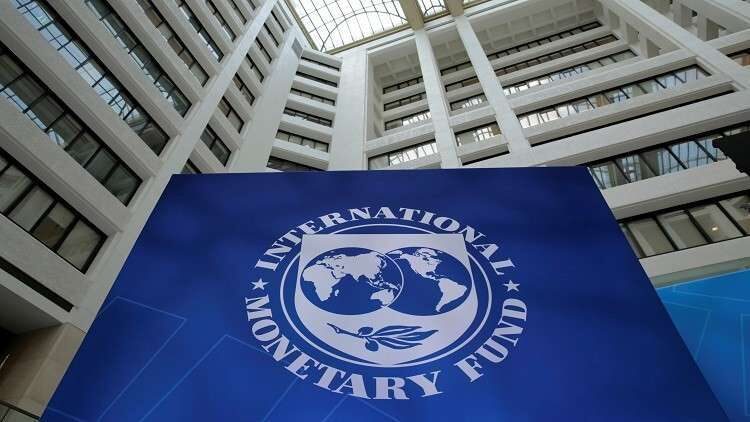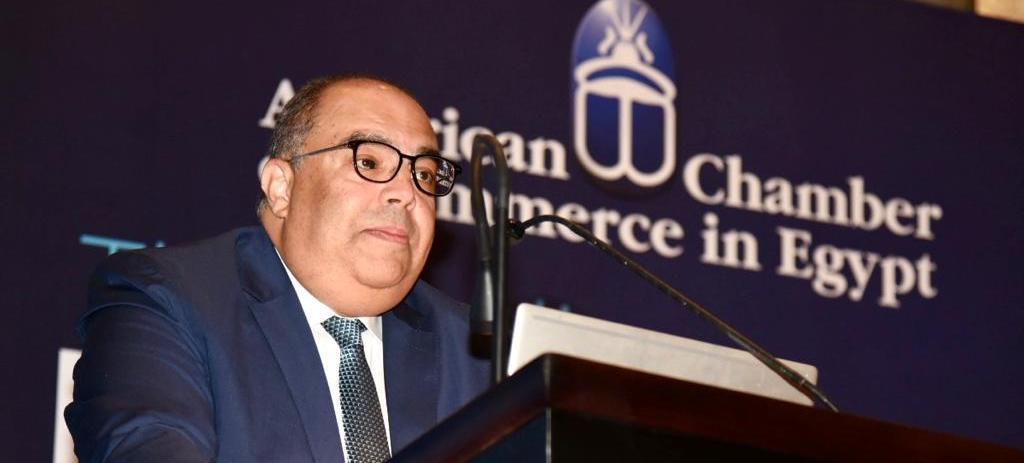Egypt’s efforts to combat its nearly year-and-a-half US dollar shortage through the issuance of US dollar-denominated certificates of deposit (CDs) have been seen as a positive move. However, experts, speaking to Business Monthly, suggest that more action may be required to fully resolve the issue.
The scarcity of US dollars has been a persistent challenge for the country, prompting authorities to explore additional measures to address the situation.
In July, two state-owned banks in Egypt, the National Bank of Egypt (NBE) and Banque Misr, issued US dollar-denominated certificates of deposit (CDs) with a three-year maturity and an annual yield of 9%. One of these CDs disbursed the equivalent amount in Egyptian pounds for the entire period and offered an annual return of 7%, which was paid out quarterly in US dollars.
The National Bank of Egypt (NBE) and Banque Misr also announced that Egyptian expatriates are eligible to obtain loans backed by these CDs, with repayments in US dollars. A few days later, the Arab African International Bank issued a similar CD with the same maturity period but offered a cumulative yield of 40%, disbursed in advance.
According to Nashwa Saleh, Associate Professor of Finance and Fintech at Kingston Business School in London, the issuance of these CDs represents a positive move to attract US dollars into the banking sector, offering a temporary solution to the local market’s US dollar shortage. However, Saleh emphasized that Egypt should have implemented a fourth wave of Egyptian pound devaluation against the US dollar in June. This measure would have been necessary to address the bottlenecks currently impacting the Egyptian economy.
Since the news announcement on July 27, Business Monthly was not able to reach any Egyptian interested in purchasing the CDs.
Rising interest rates
These CD issuances took place one week before the Monetary Policy Committee (MPC) of the Central Bank of Egypt (CBE) held its meeting on August 3, to review the key interest rates for the first time in the current FY2023/2024.
Contrary to market expectations, the CBE made an unexpected decision to raise interest rates by 1% (100 bps). This move marks a continuation of the ongoing monetary policy tightening cycle aimed at curbing soaring inflation. With this latest increase, interest rates have risen by a total of 11% (1100 bps) since March 2022 and by 3% (300 bps) since the beginning of 2023.
The CBE’s decision is an effort to avoid causing a significant shock to the already-struggling market. The central bank is also setting the stage for further rate hikes, expected to be implemented in the remaining three meetings of the year.
Simultaneously, the issuance of high-yield US dollar-denominated CDs aligns with the Egyptian government’s plan announced in July.
The plan aims to replenish US dollar liquidity in the local market, targeting a total of $191 billion by 2026. This targeted sum primarily comes from revenues generated by commodity exports, remittances, the Suez Canal, and tourism. The goal is to support the budget’s revenues with EGP 70 billion annually, according to the Egyptian government’s strategy.
Quick fix?
Egypt is facing several economic challenges, including a shortage of the US dollar, a weakened local currency, surging inflation, a significant outflow of hot money, and a high level of debt estimated at 97% in FY2022/2023, according to data from the Ministry of Finance.
“Investors, global borrowers, and international financial institutions were expecting this devaluation to happen for a potential new investments pump into the local market,” Saleh noted.
Since March 2022, Egypt has undergone three waves of local currency depreciation against the US dollar, resulting in a significant loss of over 75% of the Egyptian pound’s value. Regarding this matter, Saleh clarified that the issuance of US dollar CDs serves as an alternative to the delayed devaluation action. However, Saleh also warned about the potential risk of money laundering associated with these CDs.
“The targeted US dollar Egyptian government eyes to collect over the coming three years is really huge and could not be fulfilled only through proceeds of these CDs,” Saleh said.
According to Saleh, Egyptian expats may not have significant savings to encourage them to invest in these CDs, despite the attractive high yield. This is due to the increasing taxes imposed in the countries where they reside and the high cost of living in those places.
Saleh highlighted some positive indicators that offer hope in alleviating Egypt’s significant US dollar shortage challenge. These signs include the recent $615.8 million loan extended to Egypt by the Arab Monetary Fund, the decline of the US dollar rate in the non-deliverable forwards (NDF) market to below EGP 39/1 USD, compared to the previous level of over EGP 40, as well as the proceeds from the sales of state-owned assets.

IMF review
According to Yasmine Ghozzi, Senior Economist for Middle East and North Africa (MENA) Economics and Country Risk at S&P Global, their base case is that the IMF program will continue, and they expect the first and second reviews to be completed between September and December. Ghozzi believes that these reviews will likely lead to further adjustments in foreign exchange (FX) and interest rates.
Ghozzi explained that the adjustments in foreign exchange and interest rates will be contingent on the scale of realized FX inflows linked to IPO deals (currently at $1.6 billion in FX) and the potential additional $1 billion in the pipeline, as indicated by Egypt’s Prime Minister Mostafa Madbouly. Additionally, the strength of the upcoming tourism season will also play a significant role in determining these adjustments.
“Until those adjustments take place, Egyptian expats could still be reluctant to engage in those CDs, as long as the parallel market is still higher than the official rate at the central bank of Egypt,” according to Ghozzi.
Remittances
During the first nine months of FY2022/2023, Egyptian expats’ remittances experienced a significant decline of 26.1%, reaching $17.5 billion. This is a notable decrease from the $23.6 billion recorded during the corresponding period of FY2021/2022, as reported in the data published by the Central Bank of Egypt (CBE) in July.
“We think Egypt needs progress on FX flexibility to sustain its external adjustment beyond the short term. The rest of the financing gap is due to errors and omissions outflows, plus the delays in the sales of state-owned assets (including GCC), which was factored in at $2 billion by the end of the fiscal year 2023,” Ghozzi said.
While the targeted reserve changes for the end of June-2023 have (likely) not been met, Egypt has made progress in sales of state-owned assets, announcing U$1.9 billion in IPO deals as of July 11, $1.65 billion of which is in US dollars, and another US$1 billion in the pipeline.
This, among other policy steps, might strengthen the case for Egypt to get a first and second IMF review later in the year, but lack of progress in transitioning to a flexible FX regime is something that the IMF will not turn a blind eye to forever.
While the $1.65 IPO sales in US dollars were finalized despite expectations for further EGP depreciation, we think FX flexibility will be an important factor in reaching the IPO target of around $5 billion in FY24, she explained.







